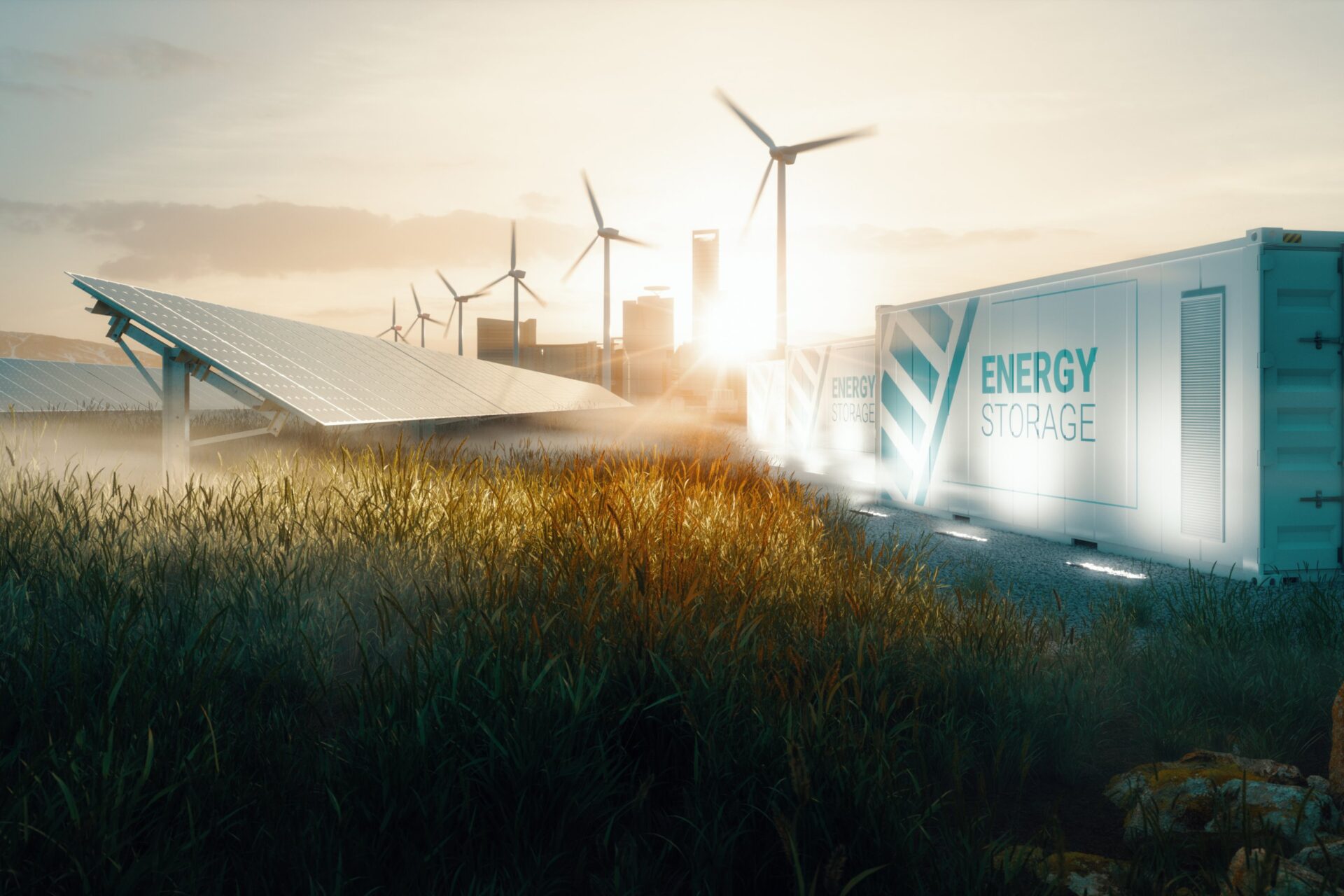
Deferring the Need for New Infrastructure for instance . . .
Large-scale energy storage technologies are often hailed as a key to enabling increased use of intermittent renewable energy resources – like solar and wind – to supply the nation’s electricity demand. If one can balance out the generation dips (for example, when the wind dies down on a summer afternoon) using an energy storage technology, they can create a system that is capable of providing electricity around the clock. But, the potential for these technologies is much more broad, with applications on short and long timescales, giving them the power to increase grid reliability and defer the need new infrastructure.
In the electricity world, energy storage generally refers to electricity, thermal, or potential energy storage. Examples include batteries (electricity), molten salts (thermal), and pumped hydro projects (potential energy). Today, the vast majority of installed grid-scale energy storage is pumped hydro technology, where water is pumped to a higher elevation when electricity is cheap and then gravity moves the water downhill to produce electricity during peak (expensive) periods.
But, large (utility) scale energy storage technologies can be used to meet a variety of other functions, including assuring power quality and deferring infrastructure upgrades.
The value of these functions is hinged on the fact that the electric grid requires a constant balance of electricity supply and demand. The latter is constantly shifting, which forces grid operators to constantly make changes in order to maintain acceptable reliability and power quality.
Earlier this month, the U.S. Energy Information Administration (EIA) published a visual depicting types of energy storage technologies in terms of their discharge time and total capacity. Both are indicative of the types of applications that the system could be used for. For instance, certain types of battery technologies can not only respond quickly – providing power when needed – but also supply a large amount of total energy if needed.
via Scientific American – Melissa C. Lott







